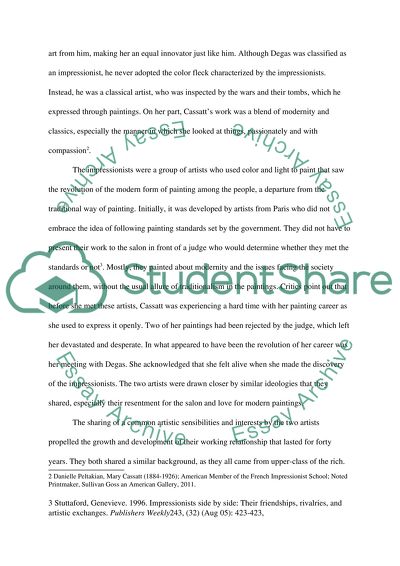Cite this document
(“The artistic relationship between Edgar Degas and Mary Cassatt Essay - 1”, n.d.)
Retrieved de https://studentshare.org/visual-arts-film-studies/1480374-the-artistic-relationship-between-edgar-degas-and
Retrieved de https://studentshare.org/visual-arts-film-studies/1480374-the-artistic-relationship-between-edgar-degas-and
(The Artistic Relationship Between Edgar Degas and Mary Cassatt Essay - 1)
https://studentshare.org/visual-arts-film-studies/1480374-the-artistic-relationship-between-edgar-degas-and.
https://studentshare.org/visual-arts-film-studies/1480374-the-artistic-relationship-between-edgar-degas-and.
“The Artistic Relationship Between Edgar Degas and Mary Cassatt Essay - 1”, n.d. https://studentshare.org/visual-arts-film-studies/1480374-the-artistic-relationship-between-edgar-degas-and.


